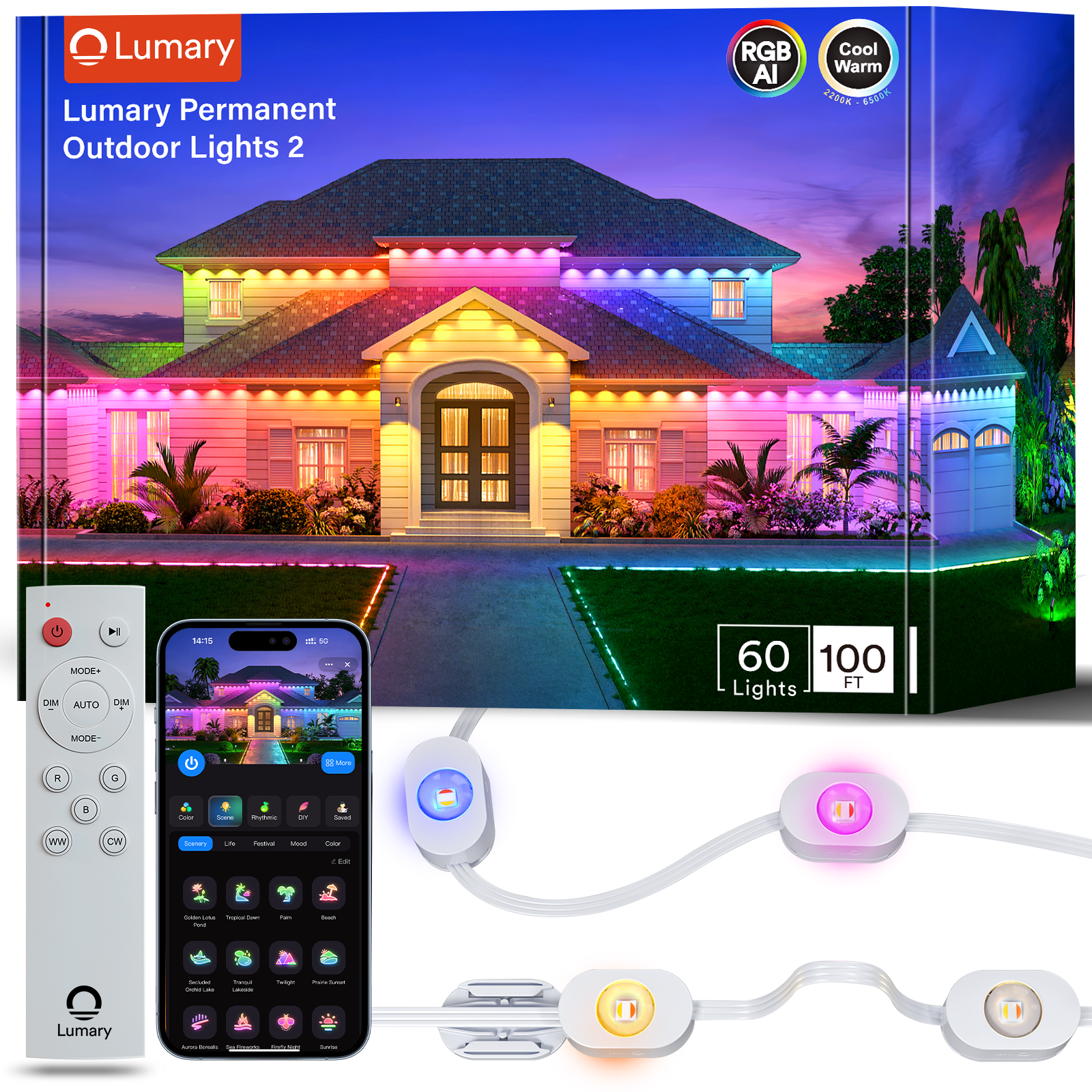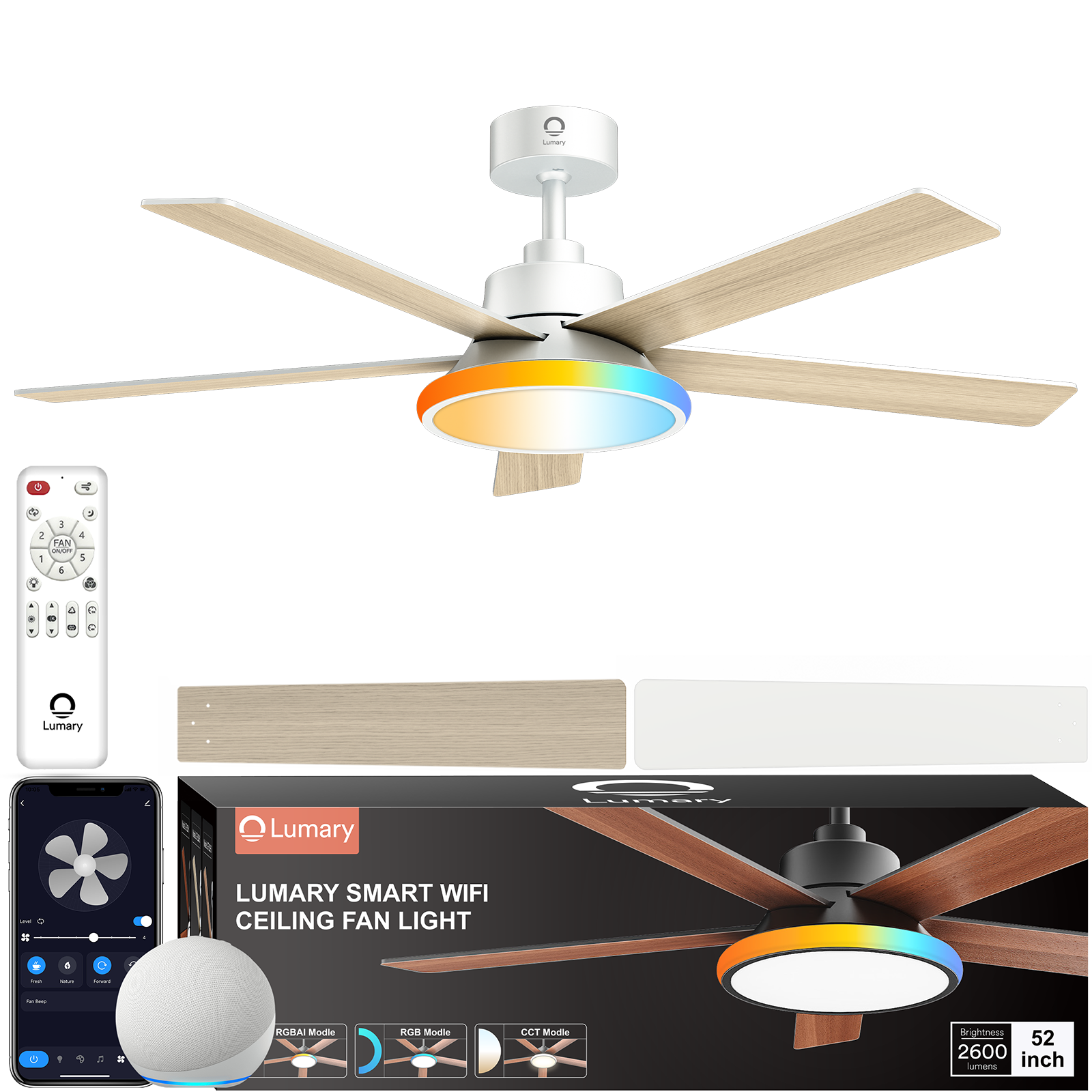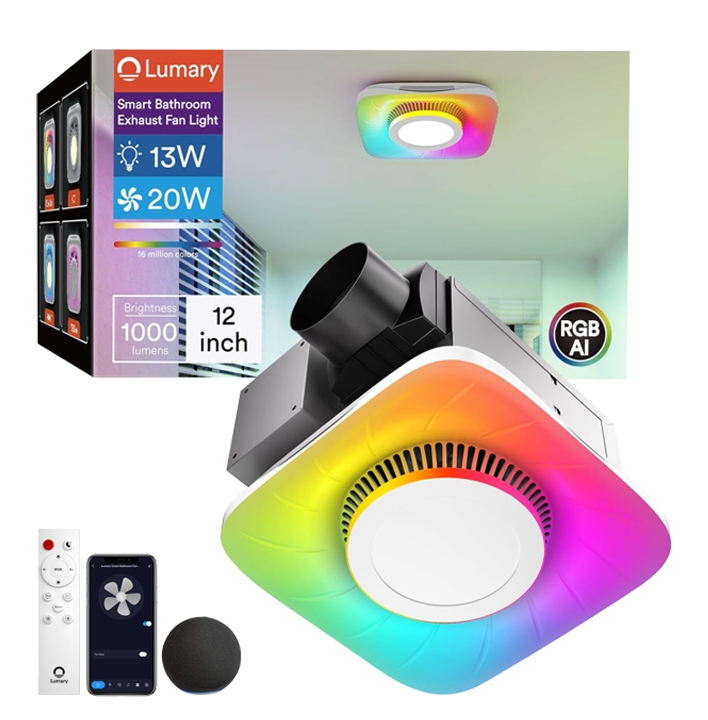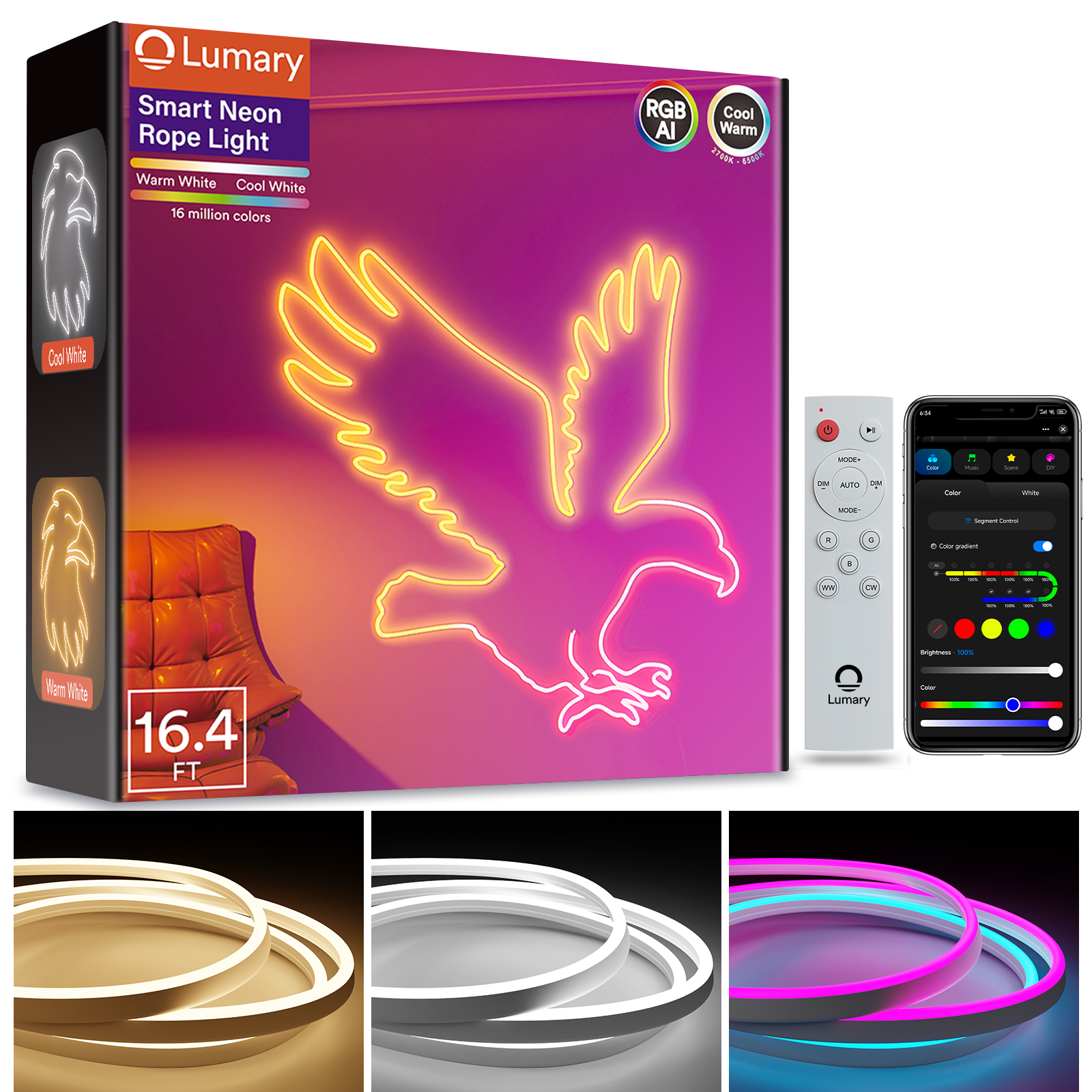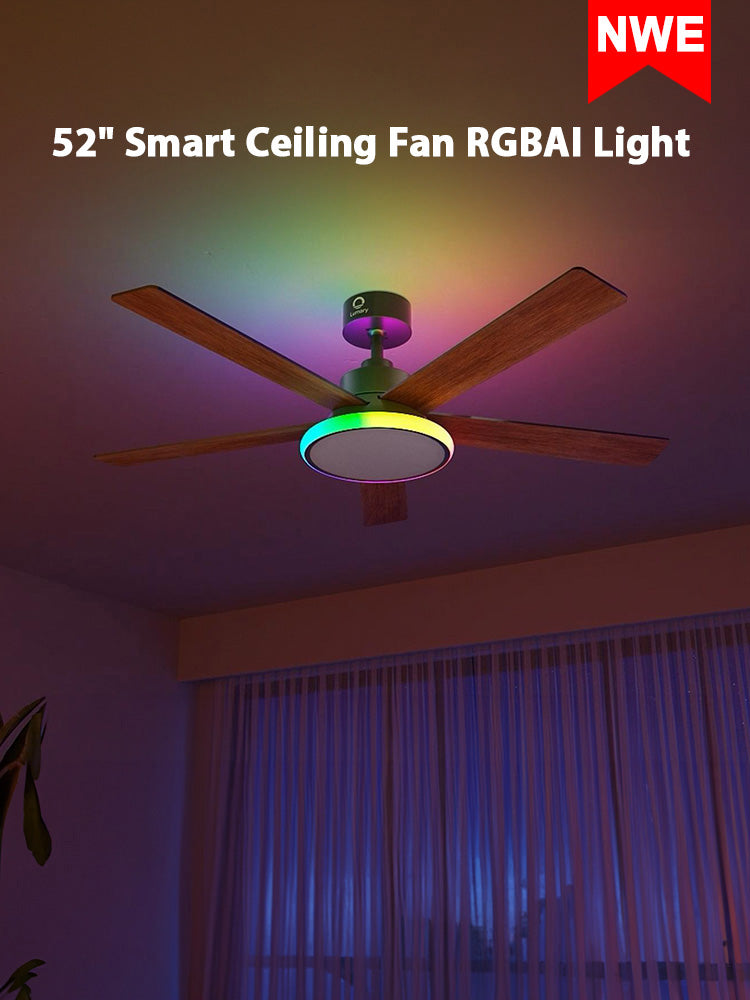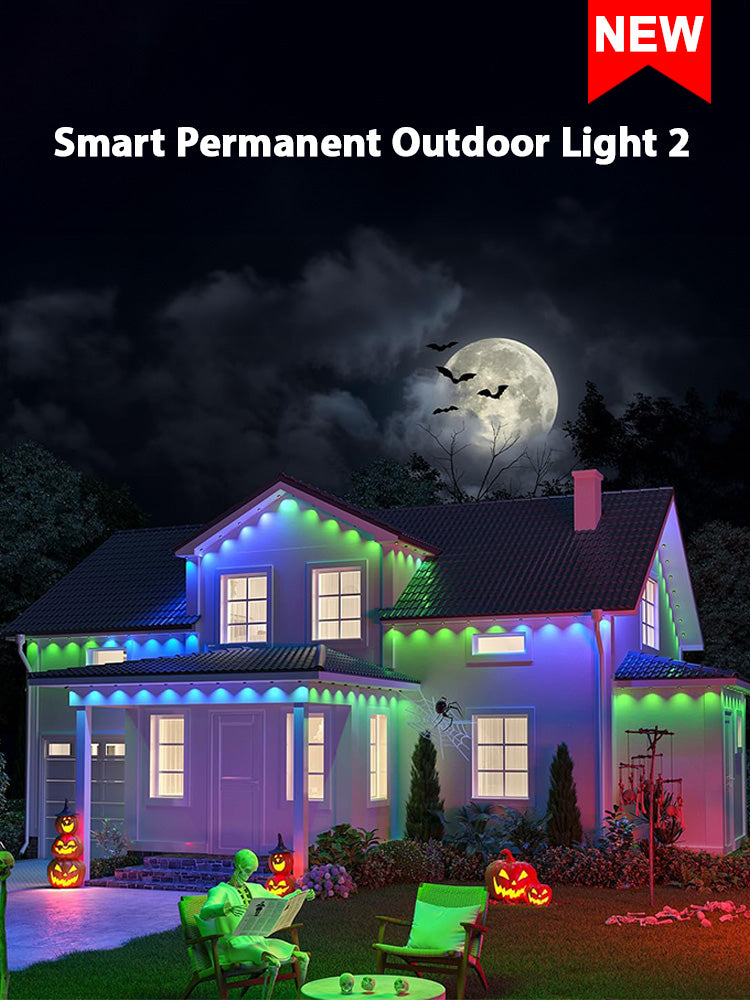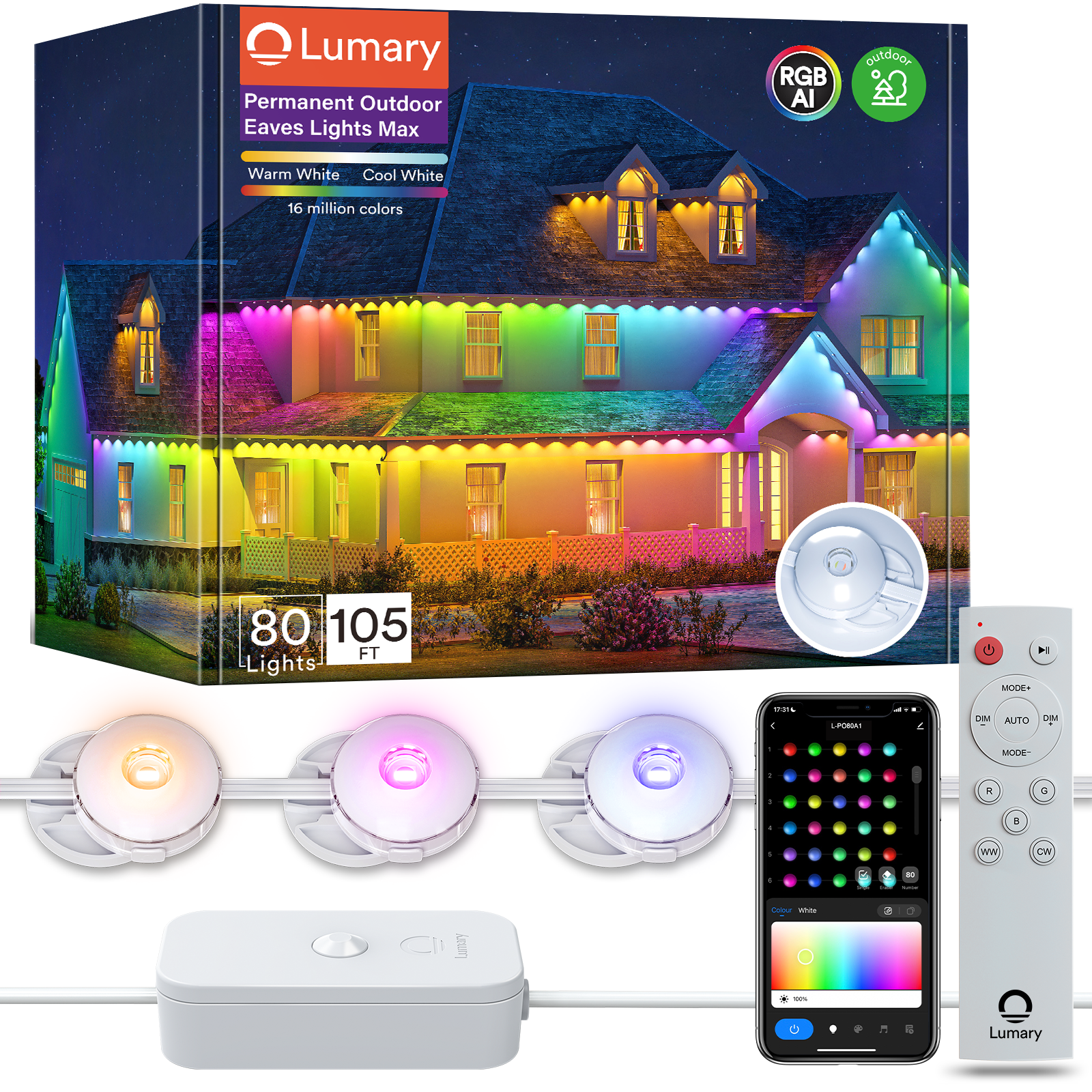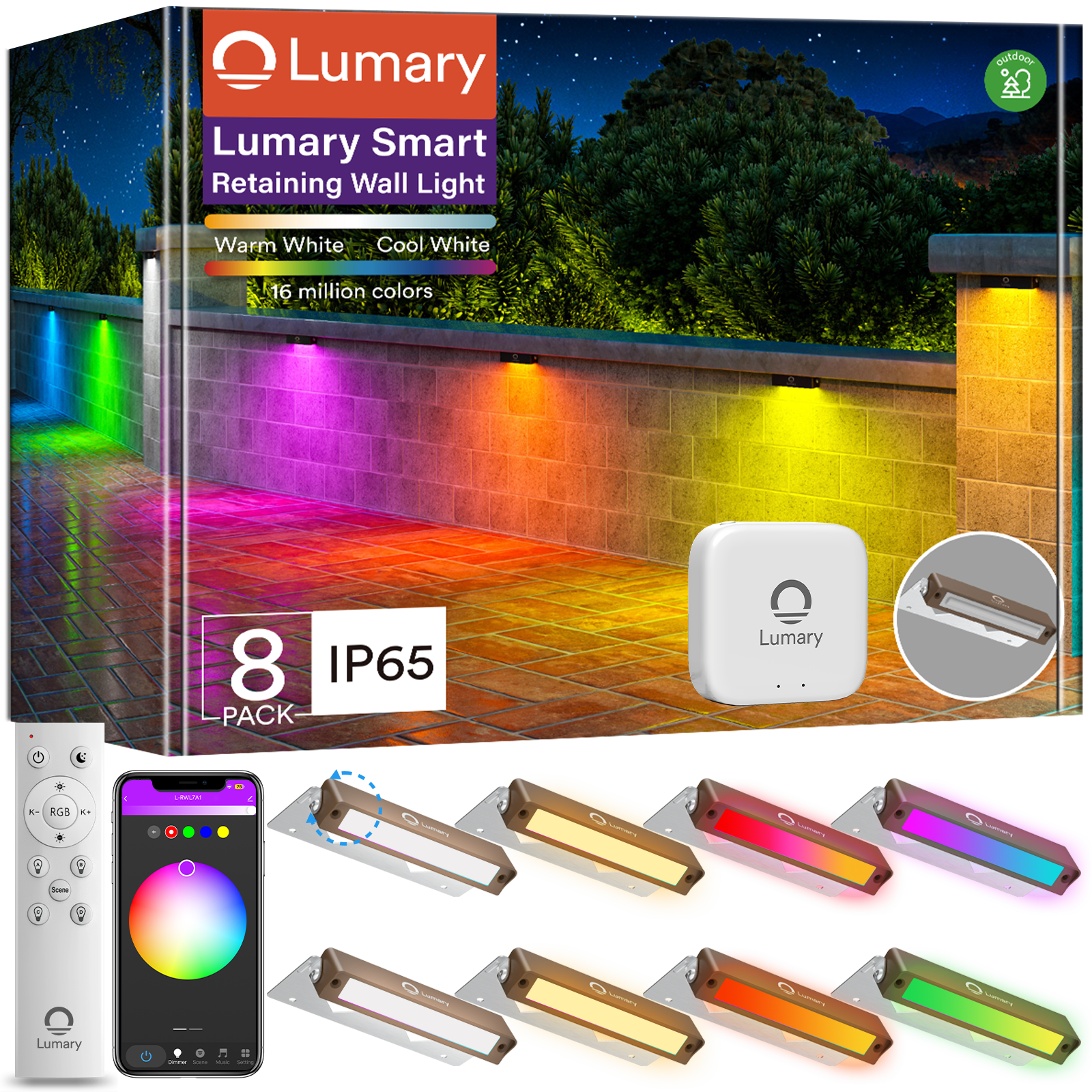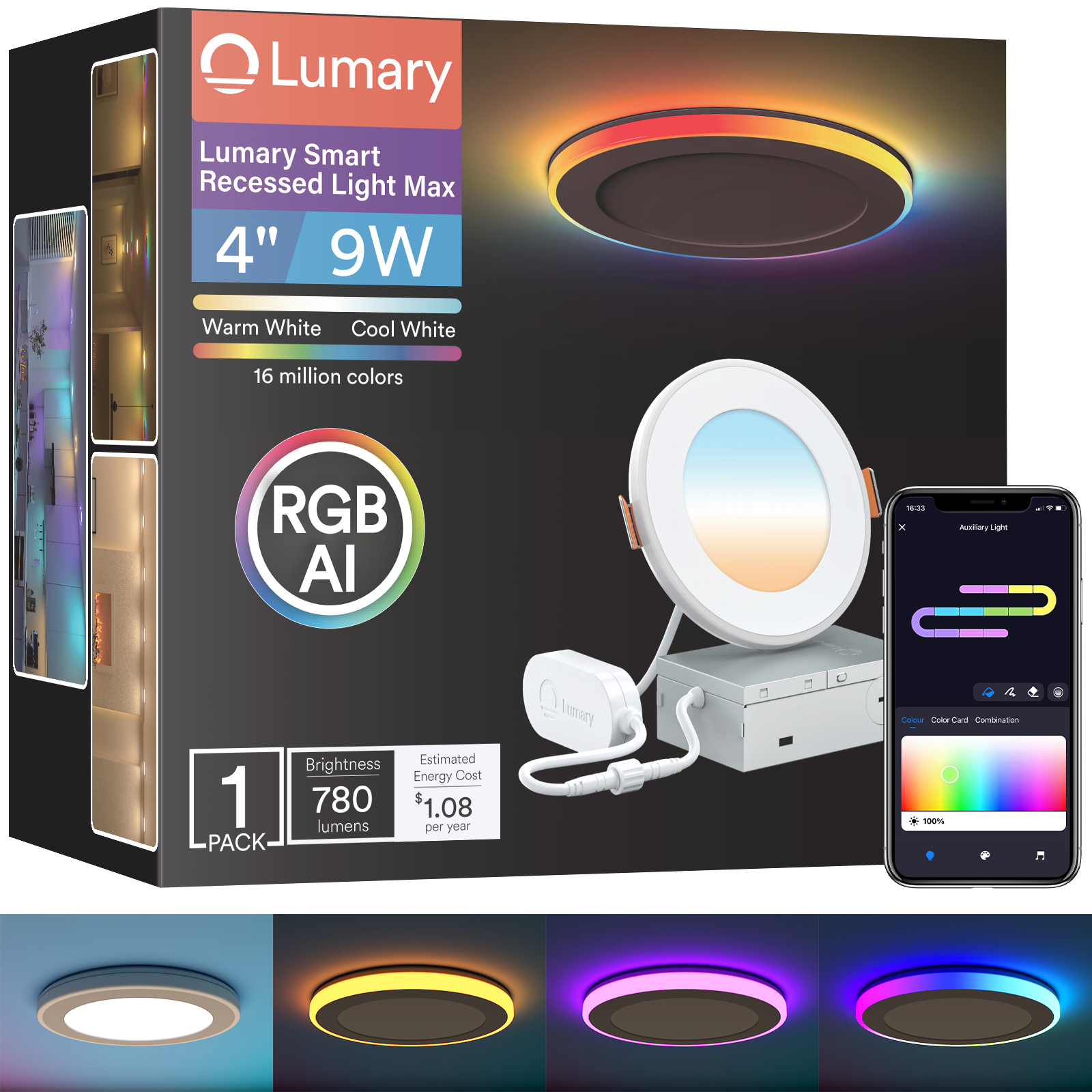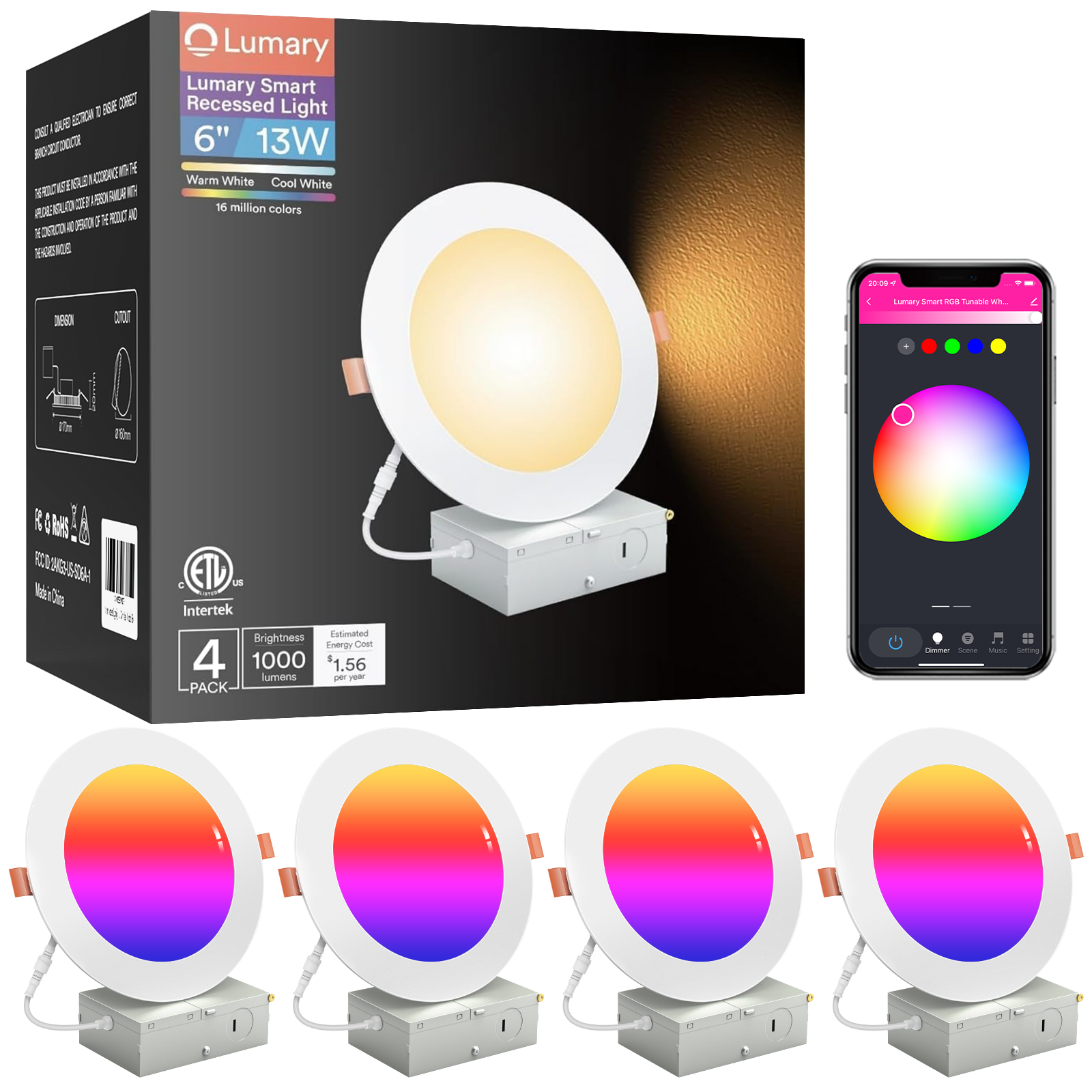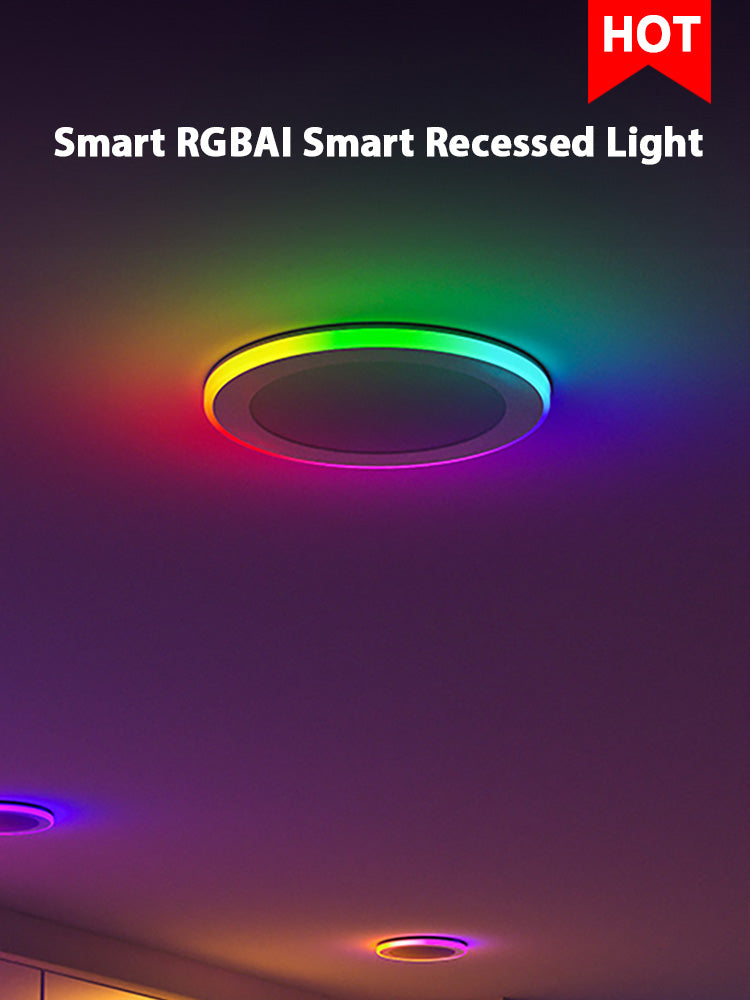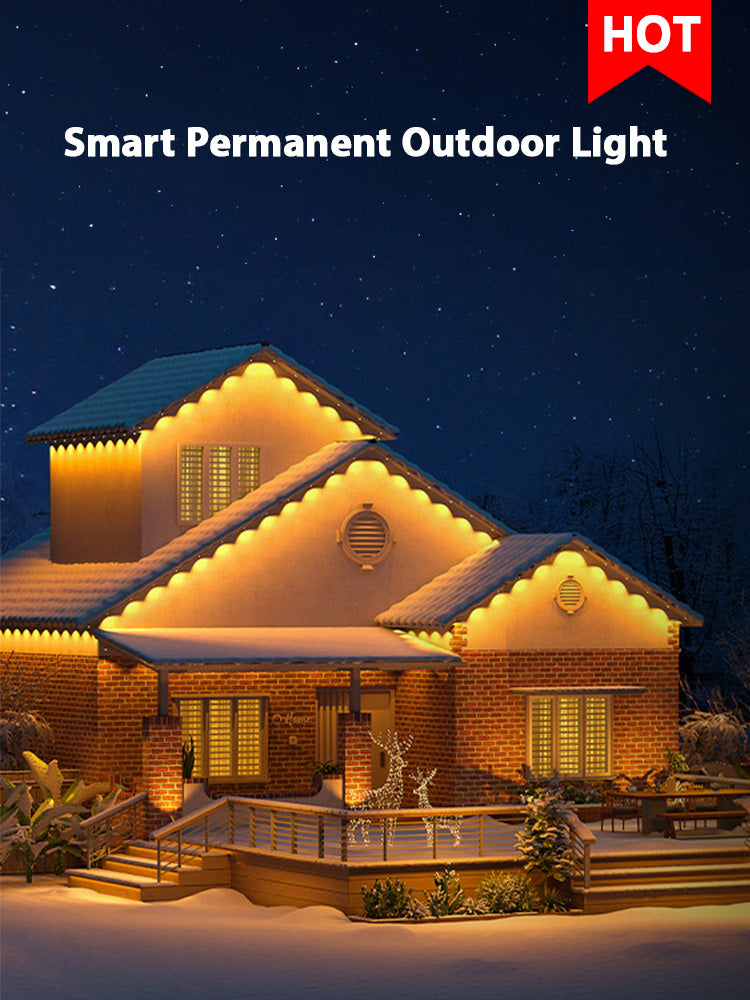Imagine transforming your space with just a click. Wireless remote control LED lights offer you this magic. These lights not only enhance your decor but also save energy and reduce environmental impact. You can enjoy up to 90% less waste compared to incandescent bulbs and save around $225 annually. Plus, LED lights last much longer, making them a smart choice for modern living. Installation is a breeze, offering flexibility and ease that fits any lifestyle. Dive into the world of vibrant, efficient lighting and see how it can brighten your life.
Understanding Wireless Remote Control LED Lights

What Are LED Lights?
Definition and Types
LED lights, or Light Emitting Diodes, are a type of lighting that uses semiconductors to convert electricity into light. Unlike traditional bulbs, they don't rely on filaments or gases. You can find various types of LED lights, including RGB, RGBAI, and WW+CW. Each type offers unique features, like color-changing capabilities or adjustable brightness.
Advantages of LED Lights
LED lights offer numerous benefits. They consume less energy, which means you save money on electricity bills. They also last longer, reducing the need for frequent replacements. Plus, they emit less heat, making them safer for your home. With wireless remote control LED lights, you gain even more flexibility, allowing you to adjust settings without moving from your spot.
How Wireless Remote Controls Work
Basic Principles
Wireless remote control LED lights operate through a simple yet effective system. The remote sends signals to a receiver connected to the LED lights. This receiver interprets the signals and adjusts the lights accordingly. You can change colors, brightness, or even turn the lights on and off with ease.
Components Involved
Several components make up the system for wireless remote control LED lights:
-
Remote Control: This handheld device sends commands to the receiver.
-
Receiver: Connected to the LED lights, it processes the signals from the remote.
-
LED Lights: These are the lights you control, offering various settings and effects.
Some systems allow you to control different zones or areas separately, providing even more customization. This flexibility makes wireless remote control LED lights perfect for any setting, whether you want to light up a single room or an entire outdoor space.
Preparing for Installation
Gathering Necessary Tools and Materials
Before you start installing your Lumary RGBAI Permanent Outdoor Lights Pro, make sure you have everything you need. Here's a handy list to get you started:
-
Tools Required:
-
Screwdriver
-
Drill (if needed for mounting)
-
Measuring tape
-
Ladder (for high placements)
-
3M adhesive tape (included)
-
Nails and adhesive cable buckles (included)
-
-
Safety Precautions:
-
Turn off the power supply before installation.
-
Use a stable ladder for high areas.
-
Wear gloves to protect your hands.
-
Ensure your workspace is dry to avoid electric shocks.
-
Remember, safety first! Proper preparation can prevent accidents and ensure a smooth installation process.
Choosing the Right Location
Selecting the perfect spot for your LED lights can enhance both functionality and aesthetics. Consider these factors:
Factors to Consider
-
Purpose: Decide if you want ambient lighting or focused illumination.
-
Accessibility: Ensure the receiver can easily receive signals from the remote.
-
Weather Exposure: Although the lights are waterproof, consider protection from extreme weather for longevity.
Common Placement Areas
-
Patios and Decks: Create a cozy atmosphere for gatherings.
-
Garden Paths: Illuminate walkways for safety and charm.
-
Outdoor Walls: Highlight architectural features with stunning wall-washing effects.
Choosing the right location not only enhances your space but also maximizes the benefits of your LED lights.
Step-by-Step Installation Guide

Setting Up the LED Lights
Unpacking and Inspecting Components
Start by unpacking your Lumary RGBAI Permanent Outdoor Lights Pro. Carefully remove all components from the packaging. Check each piece to ensure nothing is damaged or missing. You'll find LED strips, a remote control, a receiver, and mounting accessories like 3M adhesive tape and nails.
Connecting the LED Strips
Now, connect the LED strips to the receiver. Align the connectors properly to avoid any loose connections. Use the included adhesive tape to secure the strips in place. If you're mounting them high, use a ladder and make sure everything is stable. This setup ensures your lights stay put and function correctly.
Configuring the Remote Control
Pairing the Remote with the Lights
Next, pair the remote control with your LED lights. Point the remote at the receiver. Press the sync button on the remote. This action links the remote to the lights, allowing you to control them effortlessly. Follow any specific instructions provided in the manual for optimal pairing.
Testing the Setup
Finally, test your setup. Turn on the lights using the remote. Try different settings like changing colors or adjusting brightness. Make sure everything responds smoothly. If something doesn't work, double-check connections and ensure the remote has fresh batteries. Testing confirms that your installation is successful and ready to enhance your space.
Troubleshooting and FAQs
Common Issues and Solutions
Remote Not Working
Sometimes, you might find that your remote isn't responding. Don't worry; this is a common issue with a simple fix. First, check the batteries. Make sure they're fresh and properly installed. If the remote still doesn't work, try resetting it. Remove the batteries, wait a few seconds, and then reinsert them. This often resolves minor glitches.
LED Lights Not Turning On
If your LED lights refuse to turn on, start by checking the power source. Ensure everything is plugged in securely. Next, inspect the connections between the LED strips and the receiver. Loose connections can prevent the lights from functioning. If these steps don't help, consider resetting the system by disconnecting and reconnecting the power supply.
Frequently Asked Questions
How to Reset the Remote
Resetting your remote can solve many issues. To do this, remove the batteries and press any button for a few seconds. This action discharges any residual power. Reinsert the batteries and test the remote. This simple reset often restores functionality.
Can I Use Multiple Remotes?
Yes, you can use multiple remotes with your LED lights. This feature offers flexibility, especially in larger spaces. To pair an additional remote, follow the same pairing process as the first one. Point the new remote at the receiver and press the sync button. Now, you can control your lights from different locations, making it convenient for everyone in the household.
*LED lights are praised for their unmatched efficiency and practical power.* They offer a versatile solution for various applications, enhancing any environment with ease. With these troubleshooting tips and FAQs, you can enjoy the full benefits of your wireless remote control LED lights without any hassle.
You've successfully navigated the installation process of your wireless remote control LED lights. Now, it's time to bask in the benefits. Enjoy the energy savings and enhanced ambiance that LED lighting brings to your space. These lights not only reduce energy costs but also offer versatility and safety.
LED lighting is a superior technology that offers numerous advantages to various industries and applications.
Feel free to explore further customization options. Adjust colors, brightness, and settings to match your mood or occasion. Your space is now a canvas for creativity and efficiency.

